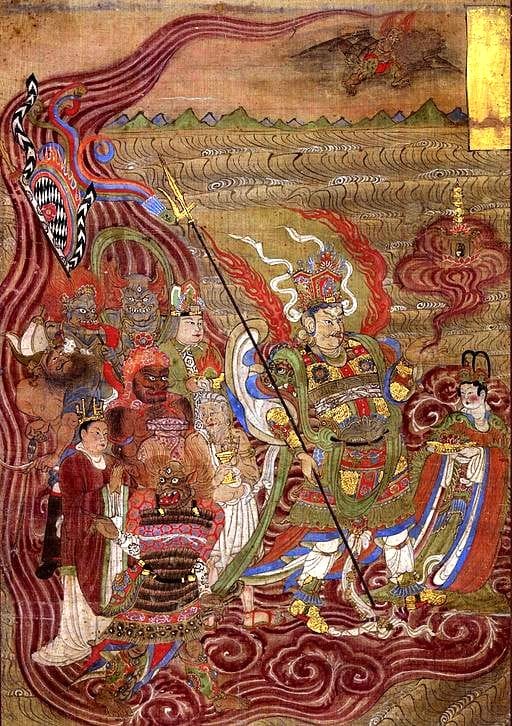Thus reveals this fascinating essay from last week’s New Yorker, “A Secret Library, Digitally Excavated.” It describes the painstaking work undertaken since 1994 to restore and digitize the “five hundred cubic feet of bundled manuscripts” that were basically looted in 1907 by British archaeologist Sir Aurel Stein. He bought them for a pittance from the Taoist caretaker of the Buddhist cave temple complex at Dunhuang on the edge of the Chinese Gobi Desert, and they found their way to the collections of more than a dozen libraries around the world.
It’s an extraordinary cache. Not only does it contain the world’s earliest known dated book in print—a copy of the Diamond Sutra from 868 A.D.—but it “mirrors the remarkable diversity of Dunhuang itself, where Buddhists rubbed shoulders with Manicheans, Christians, Zoroastrians, and Jews, and Chinese scribes copied Tibetan prayers that had been translated from Sanskrit by Indian monks working for Turkish khans.”
But what about the most basic elements of the Dunhuang Library and the earliest motivations among Asian Buddhists for making books in the first place? The essay points out that paper was originally a Chinese invention for wrapping things, and this innovation didn’t penetrate European culture until the fourteenth century. As for sealing the printed word on paper, the author identifies a devotional motivation among the Chinese, inspired by an exhortation found in many Buddhist Mahayana scriptures. The author returns to the star of the collection:
The Diamond Sutra, one of the most famous documents recovered from Dunhuang, was commissioned in 868 A.D., “for free distribution,” by a man named Wang Jie, who wanted to commemorate his parents. In the well-known sermon that it contains, the Buddha declares that the merit accrued from reading and reciting the sutra was worth more than a galaxy filled with jewels. In other words, reproducing scriptures, whether orally or on paper, was good for karma. Printing began as a form of prayer, the equivalent of turning a prayer wheel or slipping a note into the Western Wall in Jerusalem, but on an industrial scale.
This might be the most enduring lesson of Dunhuang: the whole ‘Gutenberg galaxy’ of paper and print didn’t begin in Europe. Print was a Buddhist invention, and its aim was salvation, not profit.
Read the full New Yorker piece here.

